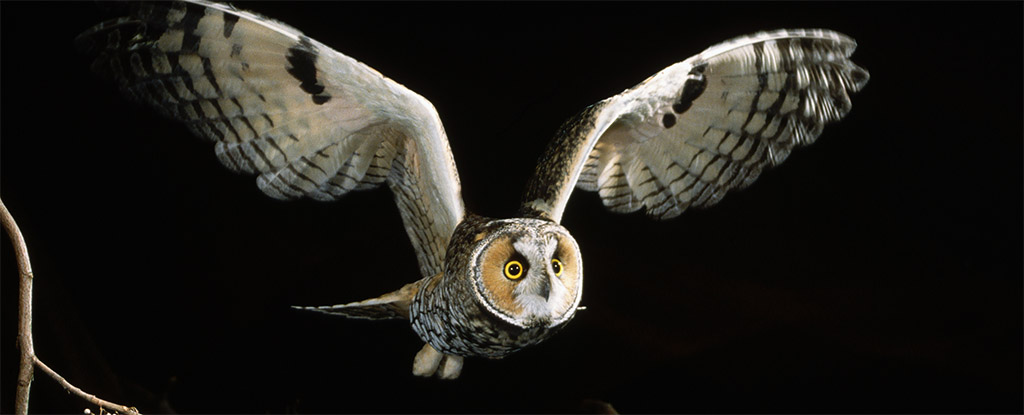At the heart of every atom in the universe whirls silently a whirling wind of particles that physics longs to understand.
No probe, microscope or X-ray machine can hope to understand the chaotic blur of quantum wheels whirring inside an atom, leaving physicists to theorize as best they can on the debris from high-speed collisions in particle accelerators.
Researchers now have a new tool at their disposal that already gives them a glimpse into the protons and neutrons that make up atomic nuclei, based on the entanglement of particles formed when gold atoms sweep past each other at high speed.
Using the powerful Relativistic Heavy Ion Collider (RHIC) at the US Department of Energy’s Brookhaven National Laboratory, scientists have shown how it is possible to obtain precise details about the arrangement of protons using a type of quantum interference never before observed in an experiment and to obtain neutrons from gold.
“This technique is similar to how doctors use positron emission tomography (PET scans) to see what’s happening in the brain and other parts of the body.” says Physicist James Daniel Brandenburg, former Brookhaven researcher and now a member of the STAR collaboration.
“But in this case, we’re talking about mapping features on the scale of femtometers — quadrillionths of a meter — the size of a single proton.”
Textbook wise, the anatomy of a proton can be described as a trio of basic building blocks called quarks, which are bound together by the exchange of a force-transmitting particle called a gluon.
If we were to zoom in and see this collaboration firsthand, we wouldn’t see anything quite as beautiful. particles and antiparticles bob up and down in a seething foam of statistical madness where the rules governing particle distribution are far from consistent.
Confining the motions and momenta of quarks and gluons takes some clever thinking, but hard evidence is what physicists really want.
Unfortunately, simply illuminating a proton with light does not produce a snapshot of its moving parts. Photons and gluons play by very different rules, which means they are practically invisible to each other.
However, there is a gap. Imbued with enough energy, light waves can occasionally stir up pairs of particles that are on the verge of existence before disappearing again, including quarks and antiquarks.
Should this spontaneous formation occur within earshot of an atomic nucleus, the poltergeist flickering of opposing quarks could mix with the swirling volleys of gluons, temporarily forming a conglomerate known as a rho particleswhich one in a split second breaks up into a pair of charged particles called pions.
These pairs consist of a positive pion composed of an up quark and a down antiquark, and a negative pion composed of a down quark and an up antiquark.
Tracing the path and characteristics of pions formed in this way could tell us something about the hornet’s nest in which it was born.
A few years agoresearchers at RHIC discovered that it is possible to use the electromagnetic fields surrounding high-speed moving gold atoms as a source of photons.
“In this previous work, we showed that these photons are polarized, with their electric field radiating outward from the center of the ion.” says Brookhaven physicist Zhangbu Xu.
“And now we’re using this tool, the polarized light, to effectively image the nuclei at high energy.”
If two gold atoms just about collide while orbiting the collider in opposite directions, the photons of light passing through each nucleus can create a rho particle and thus pairs of charged pions.
The physicists measured the pions ejected by the passing gold nuclei and showed that they actually had opposite charges. Analysis of the particle shower’s wavelike properties revealed signs of interference that could be traced back to the polarization of the light, hinting at something far less expected.
In typical applied and experimental quantum environments, entanglement is observed between the same types of particles: electrons with electrons, photons with photons, and atoms with atoms.
The interference patterns observed when analyzing the particles produced in this experiment could only be explained by the entanglement of non-identical particles – a negatively charged pion with a positively charged pion.
While it’s far from a theoretical anomaly, it’s far from being a commonplace occurrence in the lab that amounts to that first experimental observation of the entanglement of different particles.
By tracing the entangled interference patterns back to the gold nuclei, the physicists were able to create a two-dimensional portrait of their gluon distribution, providing new insights into the structures of nuclear particles.
“Now we can take an image where we can really distinguish the density of gluons at a certain angle and Radius,” says Brandenburg.
“The images are so precise that we can even tell the difference where the protons and the neutrons are in these large nuclei.”
This study was published in scientific advances.





